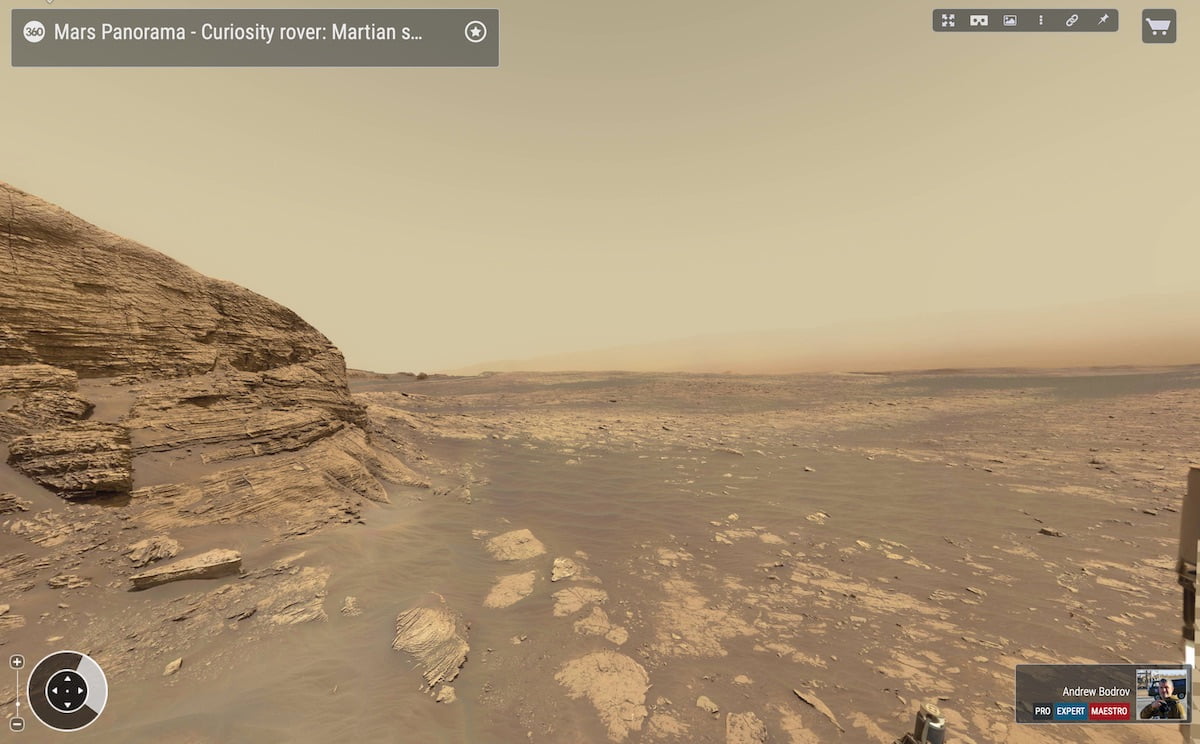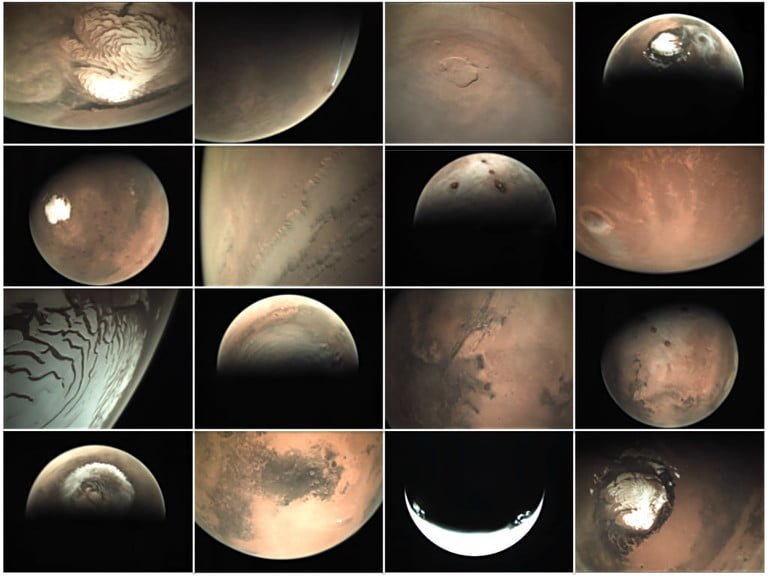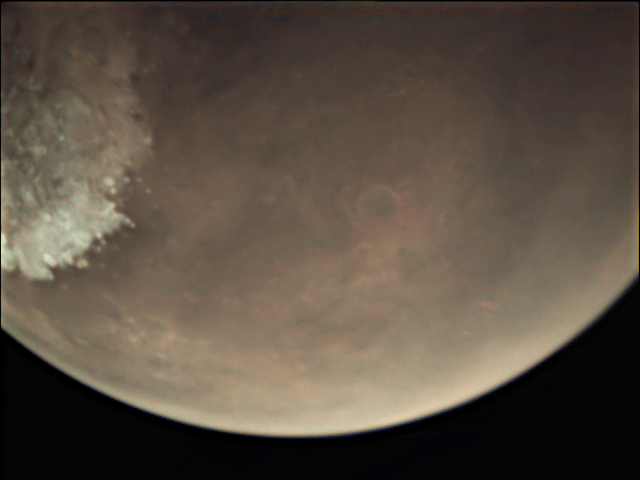NASA’s Curiosity rover captured this high-resolution panorama of the Martian surface between Sol 3057 (12 March) and Sol 3062 (17 March 2019).
http://www.360cities.net/image/mars-gigapixel-panorama-curiosity-solar-day-3060#342.00,-2.90,35.5
The version without the rover contains 136 images from 34-millimeter Mast Camera; a version with the rover contains 260 images from 100-millimeter telephoto Mast Camera. Both versions are composed of more than 396 images that were carefully stitched.
Scott Guzewich an Atmospheric Scientist at NASA’s Goddard Space Flight Center commented about the image “Humans minds don’t easily comprehend the vast eons of time that separate us from the places we explore in space with robots like Curiosity. Our minds are designed to think in terms of hours, days, seasons, and years, extending up to a duration of our lifetime and perhaps those a few generations before us.
When we explore Mars, we’re roving over rocks that formed billions of years ago and many of which have been exposed on the surface for at least tens or hundreds of millions of years. It’s a gap of time that we can understand numerically, but there’s no way to have an innate feel for the incredible ancientness of the planet and Gale Crater.”
More panoramas of Mars by Curiosity rover: http://www.360cities.net/sets/curiosity-mars



